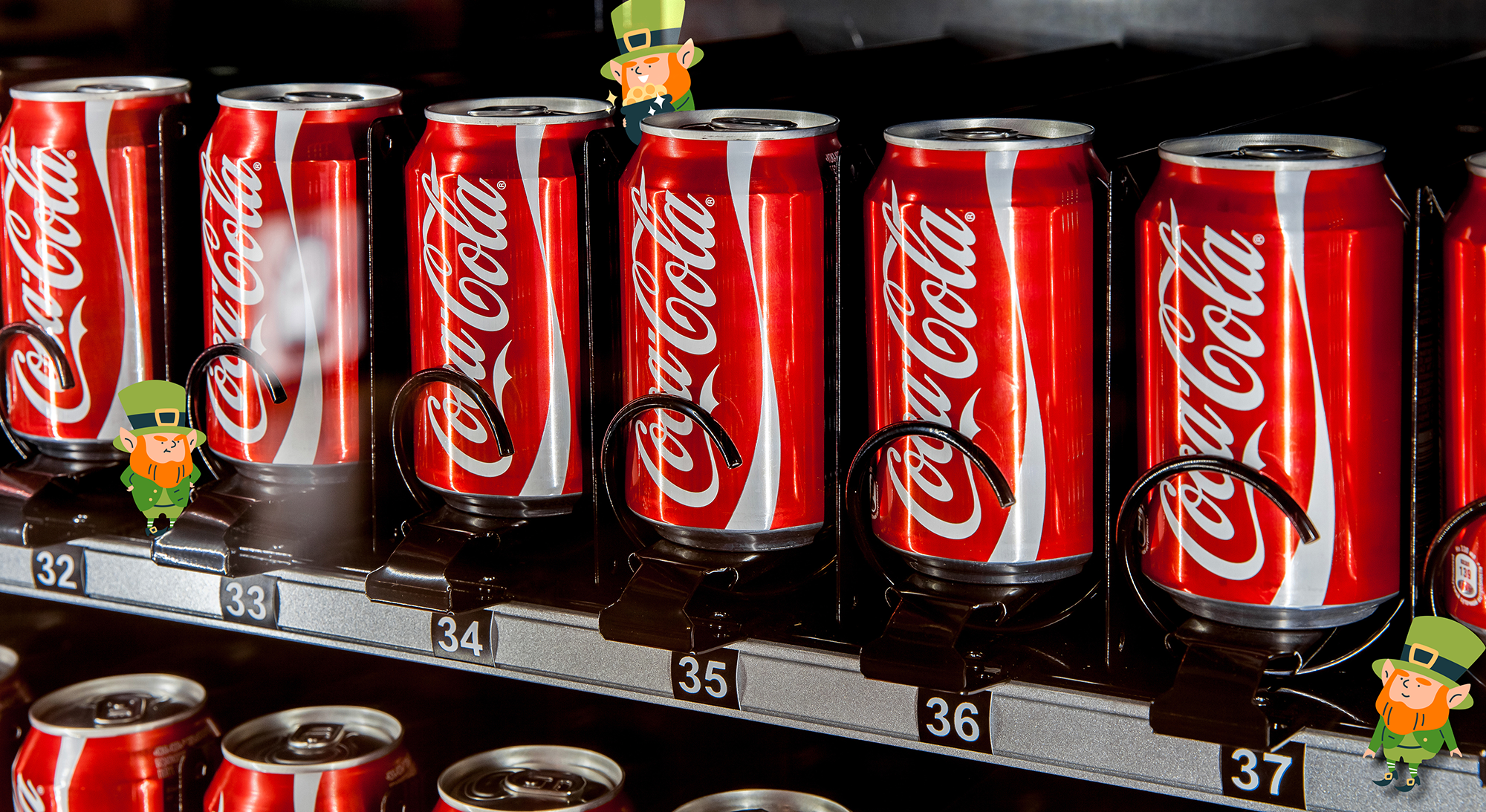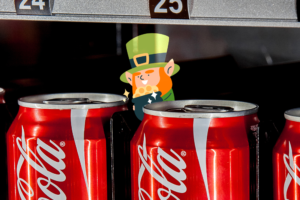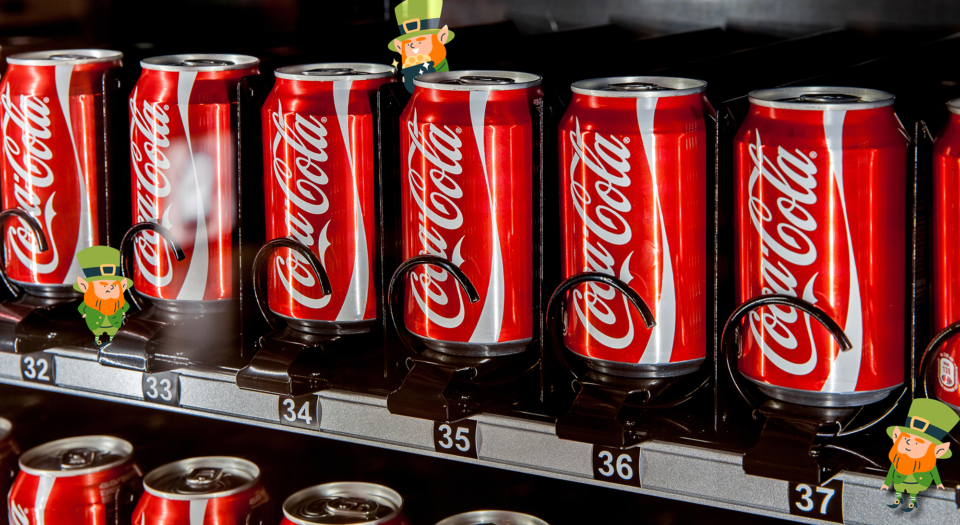Good Tech or Magic: How Do Vending Machines Work?
Have you ever wondered “how do vending machines work?” while picturing tiny magical leprechauns scurrying around inside a metal box, collecting your coins and twisting spirals to deliver your snack? Me too. But while I’ve since learnt that leprechauns aren’t real (sorry if this is how you found out – there’s never a good time) I never took the time to learn how vending machines actually work.
The truth is that vending machines are fully automated, no leprechauns required, just a clever human engineer who keeps everything running smoothly and a busy merchandiser that keeps it full of delicious snacks. Who knew?
Let’s break things down, from selection to dispensing:
1. Product Selection: How does the keypad on a vending machine work?
When you want to make a purchase from a snack machine, you will typically use a keypad to punch in the code that matches the label of the product you want to choose2. Each button on the keypad sends an electrical signal to the machine’s internal computer system. This system registers the product code you input and identifies the corresponding slot containing your chosen snack or drink.
2. Payment Mechanisms
Modern vending machines are often equipped with one or more of the following payment mechanisms, including:
- Coin slots for change
- Notes
- Credit/debit card reader
- Contactless payment terminal.
When using money in the form of cash, sensors check the size, weight, and magnetic properties of coins to verify they’re real, and note validators scan banknotes using optical and magnetic sensors to ensure their authenticity.
For card and contactless payments, quickly becoming the most popular choice of payment method, the machine connects to a secure payment network to process your transaction in seconds. Card readers make this process quick and convenient, ensuring you can use money in whatever form suits you best.
3. Product Dispensing
Once the payment is verified and the selection is confirmed, the vending machine activates a motor. This motor rotates the spiral or releases a latch, allowing your selected product to drop into the collection tray below. Some machines feature sensors to detect whether the item has successfully fallen; if not, the machine may automatically retry or issue a refund.
4. Inventory and Maintenance
Behind the scenes, vending machines rely on inventory management systems to track stock levels. Some advanced machines are equipped with remote monitoring systems called telemetry that notify operators when supplies are low or engineers when a malfunction occurs. This technology helps ensure the machine is always well-stocked and operational. Routine maintenance by technicians also ensures that motors, payment systems, and sensors remain in optimal working condition.
How do coffee vending machines work?
Commercial coffee vending machines work slightly differently, as they involve brewing a hot beverage on demand. When you select your coffee type and complete the payment, the machine dispenses pre-measured ingredients like coffee, milk powder, and sugar into a mixing chamber. Hot water is added, and the mixture is stirred before being poured into your cup. More sophisticated bean-to-cup models use fresh beans and grind them on the spot, mimicking a barista-style coffee-making process.
How do vending machines work? Not by magic, just clever human ingenuity.
So, while vending machines might seem like the business of magic, they are actually marvels of engineering and technology. Each time you grab a snack or sip a coffee from a vending machine, you are witnessing a carefully orchestrated system involving precise mechanisms, sensors, and smart inventory management. And though the image of leprechauns racing around behind the glass is charming, the reality is that vending machines work thanks to some very clever human ingenuity. Still, a little bit of snack magic never hurts!


